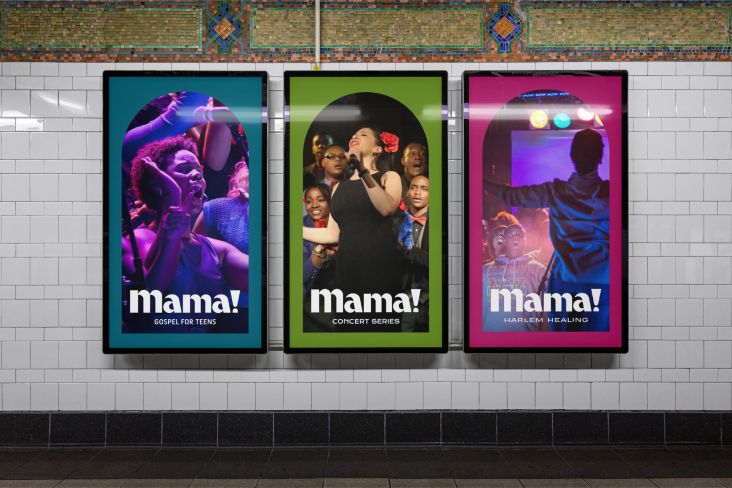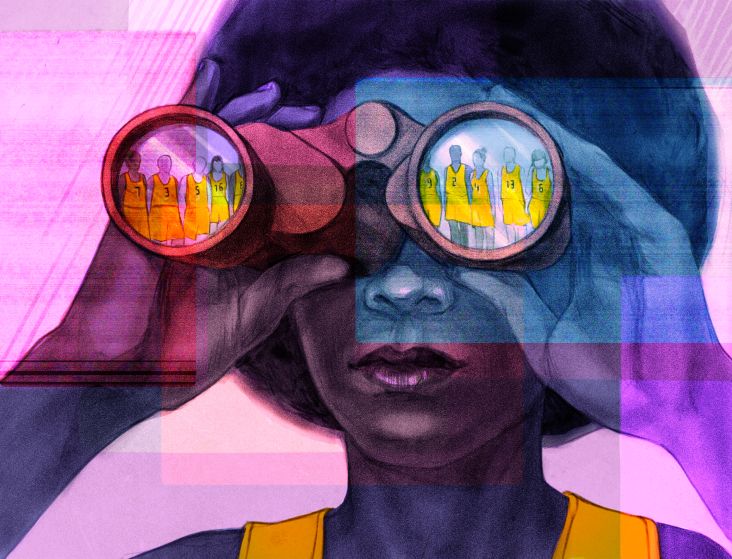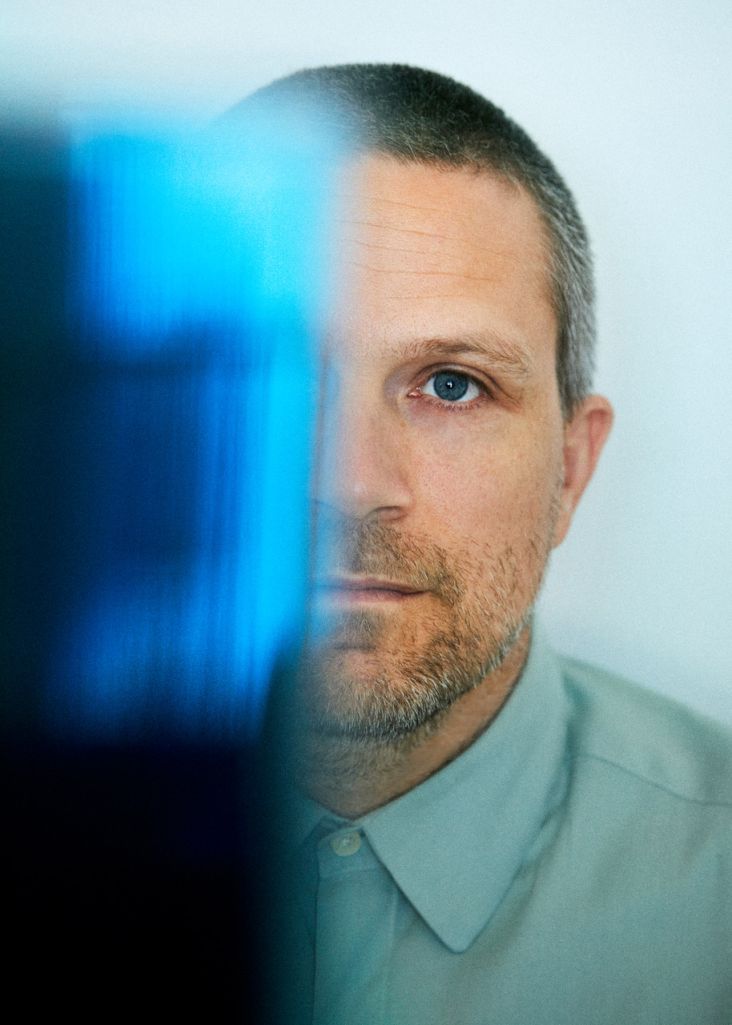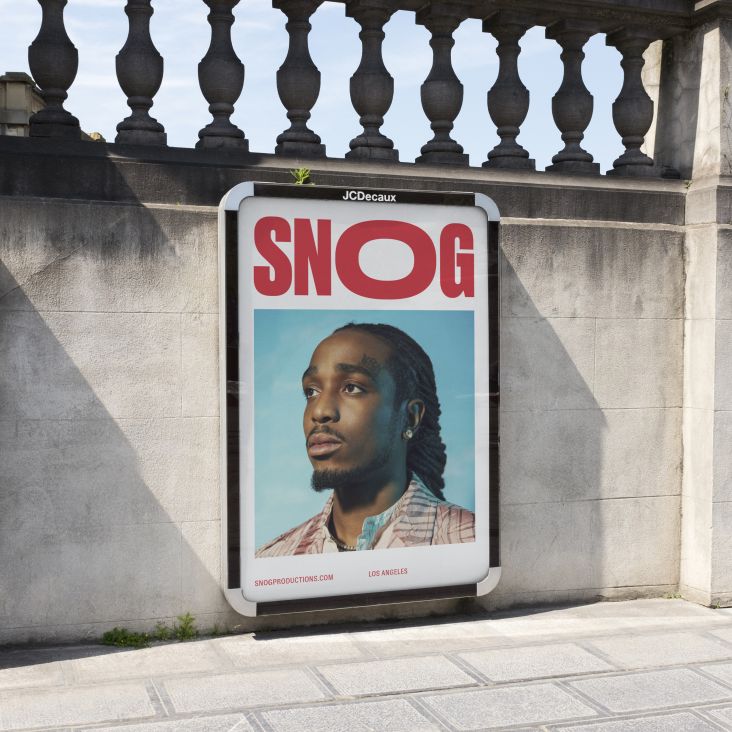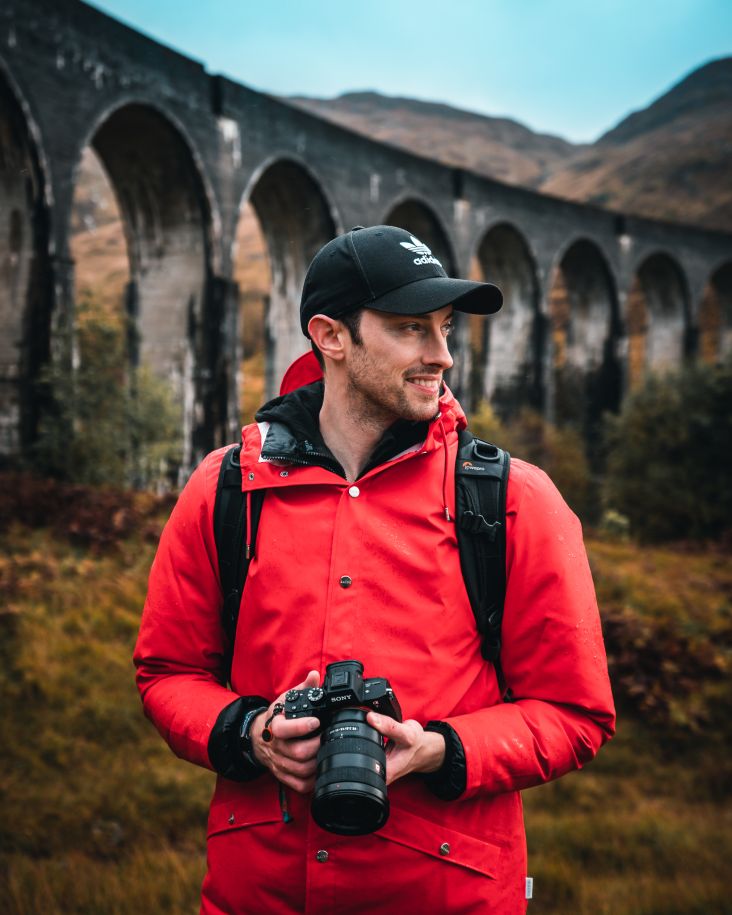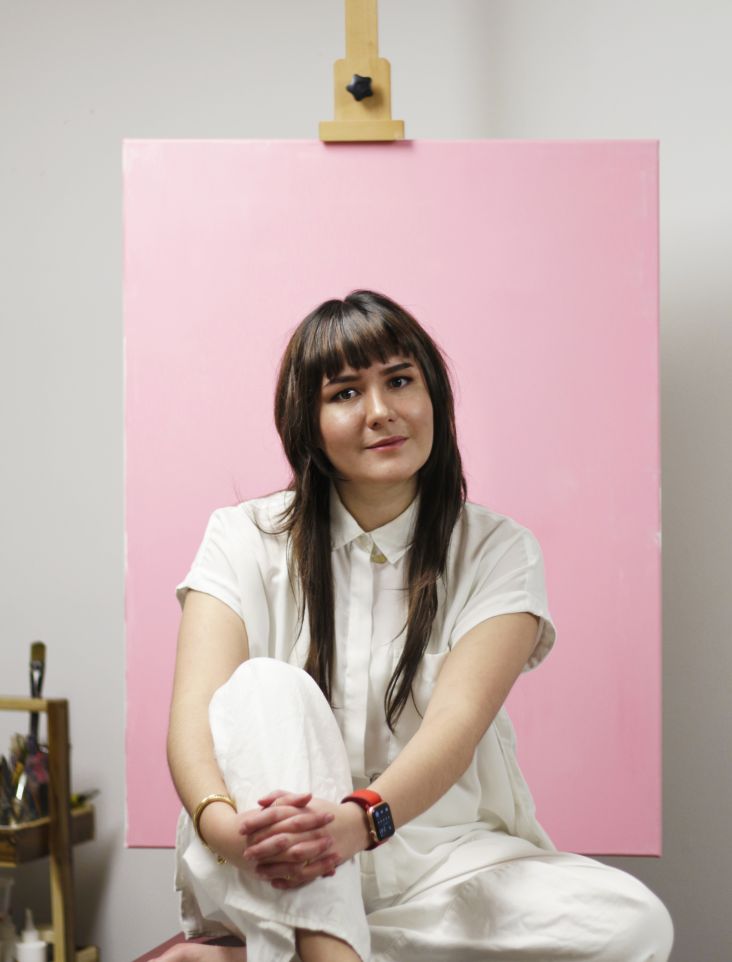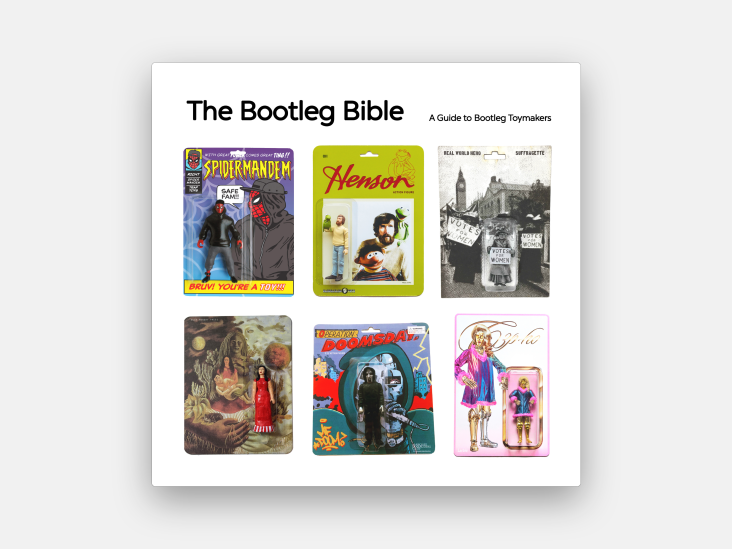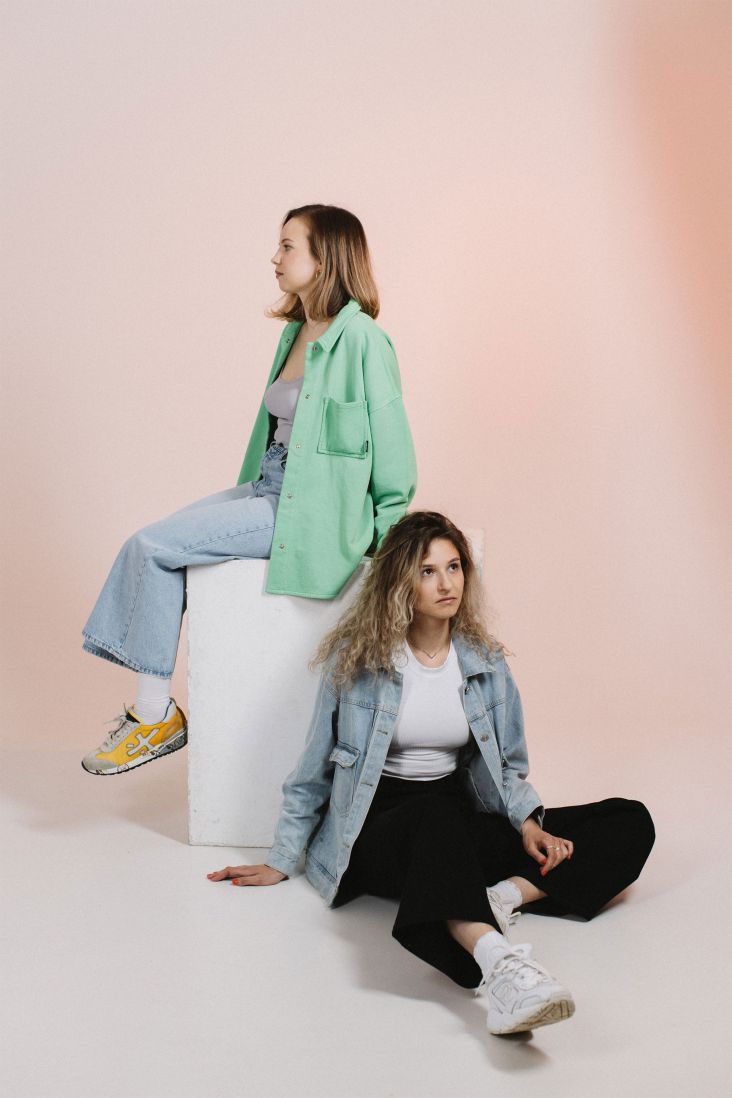Jessica Oddi on the power of inclusivity, working for Yahoo and why design is subjective
Jessica Oddi is an independent graphic designer based in Canada with over a decade of experience specialising in accessible design, disability representation and inclusion. In her spare time, she also co-runs a blog, The Disabled Life, where she and her sister share the "jerks and perks" of living with a disability.
](https://www.creativeboom.com/upload/articles/94/948c73a1d70b6c6874d5ff6ddc0a6c6717adaf01_1280.jpg)
Jessica Oddi. Photography by Alexandra Del Bello
As someone who uses a wheelchair, Jessica Oddi knows only too well the barriers people face due to inaccessibility and why it's so important that the design industry understands the importance of considering everyone's needs. From alt text on logos to colour contrast charts, legibility and access guides, Jessica is passionate about helping brands, and the industry, embrace accessibility standards in design, acknowledging that there are many disabilities, both visible and invisible.
In a recent presentation, she talks of why designers with disabilities are experts in this field: "We've been adapting to environments that don't work for us since day one," she explains, "Now take all those minds and experiences along with solutions, and you'll get a blueprint for building a better structure."
Jessica also wants to see better representation across the board and offers consultancy services to help businesses improve on what they put out there. In her spare time, Jessica leads several disability-focused campaigns such as Intimitely Disabled and one that's in the pipeline called Access Design Collective. We chatted with Jessica about all this and more.
How did you get into design?
I sort of stumbled into it ten years ago when choosing a college programme. I knew I wanted to do something creative, something digital, and something I could do while balancing out my physical health as a disabled person. I had no idea about all the avenues it could lead to until I began school! Then I was hooked.
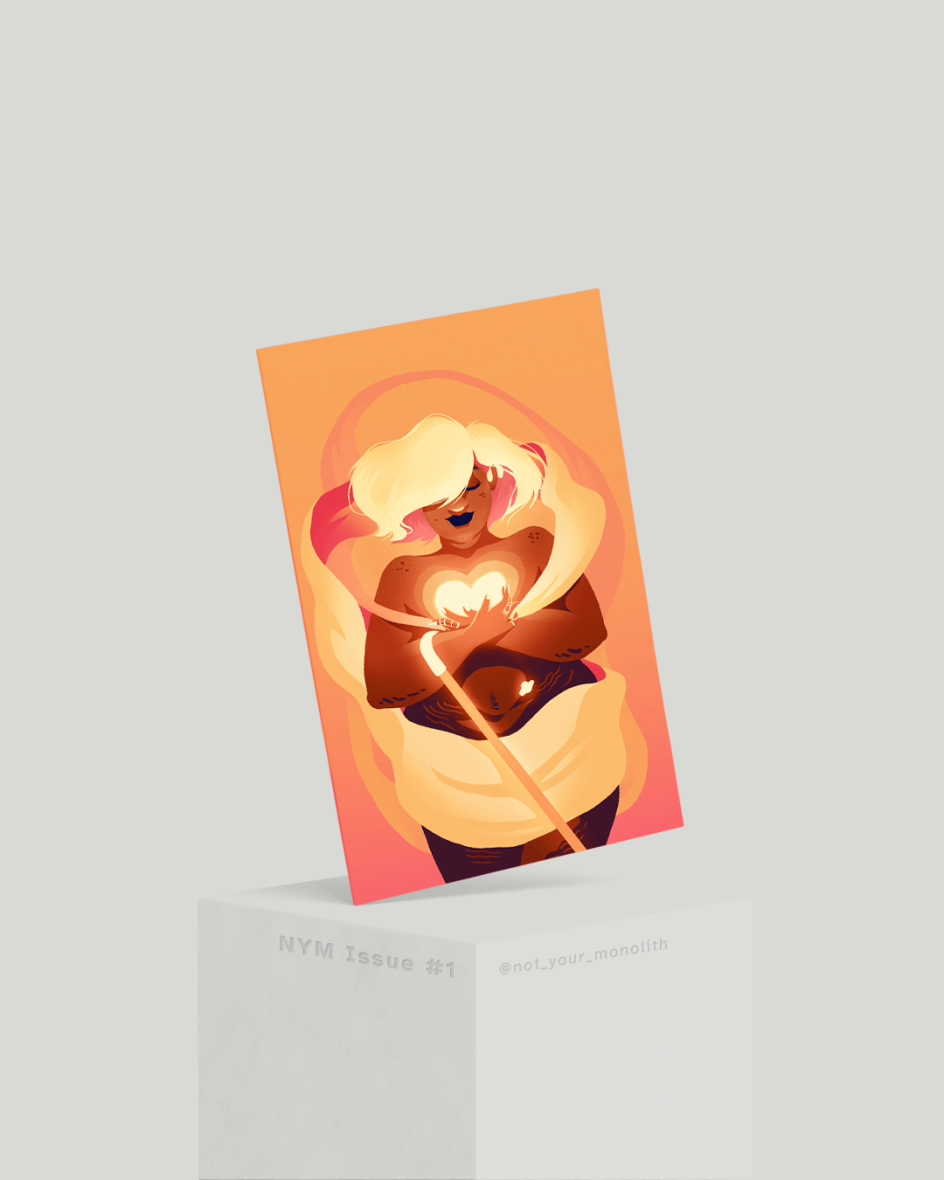
Not Your Monolith
Tell us more about your creative practice. What drives it, what do you enjoy the most?
Oh, similar to most creatives, I'm sure it involves much fluctuation between rest and chaotic moments of thinking up ideas as you lie awake at night. But the thing that drives me the most (besides my wheelchair) is working with and for the disabled community. Nothing gets me more excited than brainstorming ideas for causes or businesses that are as passionate about accessibility and representation as I am! That's what keeps me motivated, actually connecting with the people behind the project and getting to help solve a problem together.
As far as what I enjoy doing most, that really depends! I am my mother's daughter, and we are very antsy when it comes to creativity. I get bored doing the same thing over and over. It's why I love graphic design. I can go from envisioning an entire brand from scratch to coding out an entire website and getting meticulous over every platform.
I love all of it, to be honest. It's the little things, like obsessing over a typeface, or finally getting that nav button to work (only to realise it's because you put a semi-colon in the wrong place). And, of course, the excitement of my clients' reactions. It is very rewarding to dive into their business and personality to bring out designs that genuinely embody them.
There's a lot of power in design. Have you any recent favourite projects where you feel you made a big difference?
Yes! It can be very powerful, and yet in the most subtle ways. Sometimes we don't even realise the power we have to depict the society we live in with design – which, the last time I checked, includes members of marginalised groups that are usually under-represented or an after-thought.
I'd have to say one recent one that felt surreal for me was the Yahoo! project for Global Accessibility Awareness Day. First of all, to even think I'd ever reach a point in my career where I'd be designing for such a large platform was just incredible. Second, to have the honour (and responsibility) of depicting that to the world was not something I took lightly. The opportunity was there to create a visual of what disability means, not only to me but everyone in the community whom I cherish. And I hope that I was able to showcase the beauty and diversity of our space for the world to notice! Because that image is what I envision when I think about disability and community care.
Accessibility is a fundamental human right, and that includes making our public digital spaces available to all bodies and minds.
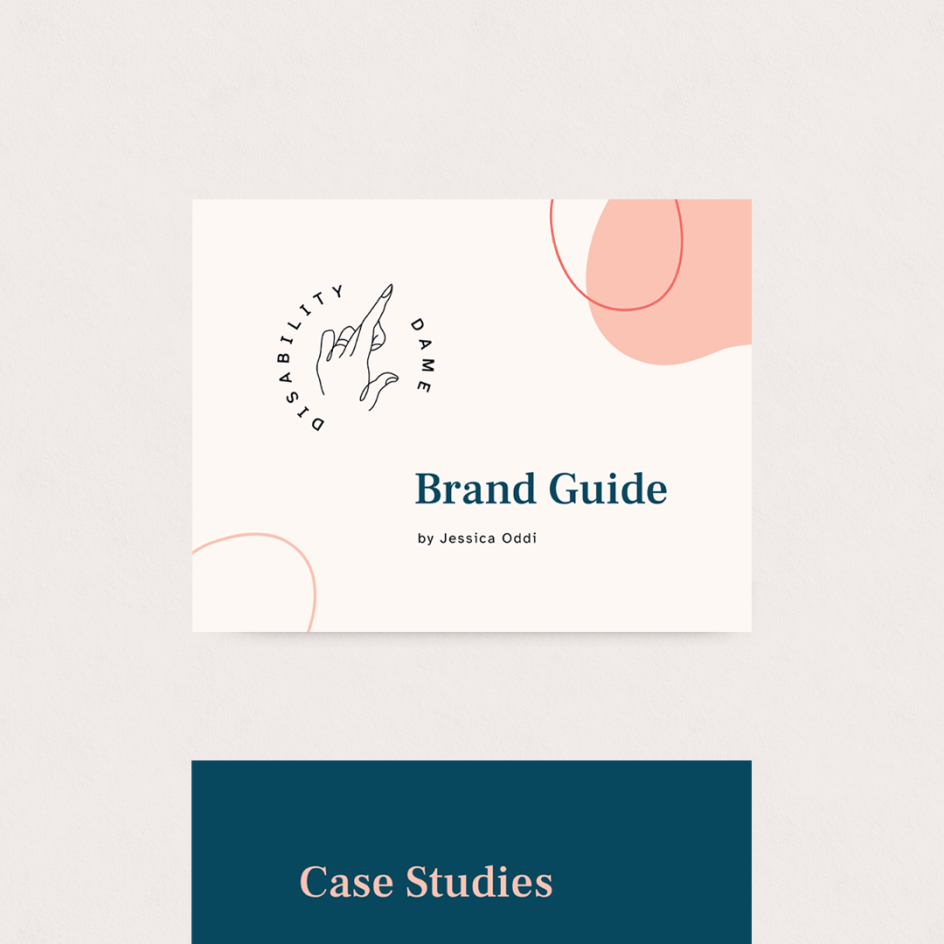
Disability Dame
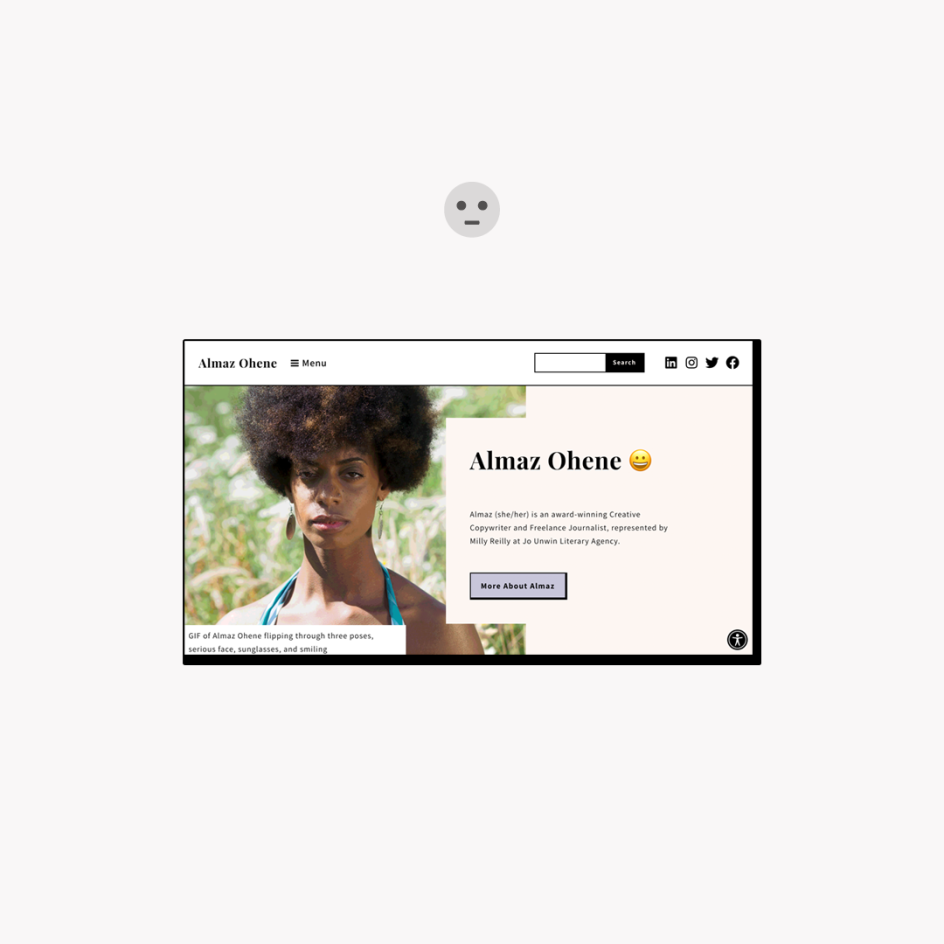
Almaz Ohene
One of your services is offering accessible consulting in design. Is it still a relatively new thing for many brands? What is the general feedback you get?
Well, for many brands and non-disabled spaces, it seems to be quite a new "trend". But it's something the disabled community has been fighting for since the dawn of the internet (and even before that). Because, well, without it, we're left aside. Accessibility is a fundamental human right, and that includes making our public digital spaces available to all bodies and minds. So in a way, I'm glad it's finally picking up in my workspaces, but it's also been a long time coming. And there's still much work to be done!
In general, I get mixed feedback from non-disabled people, especially when it comes to the "importance" of including it in design. They love the idea, but sometimes there's a lack of practice or a fear to get started. Which, to me, is absurd. You're excluding 15% of the global population due to inaccessibility (re: my basic human right point). Starting somewhere is better than doing nothing at all. But I will say, more and more, I'm finding groups actually add accessibility to their content and having these discussions, whether it be from something I've shared or done, or just in general. It's beautiful and fills me with such love and gratitude! To know people understand the need for change makes me hopeful for the future.
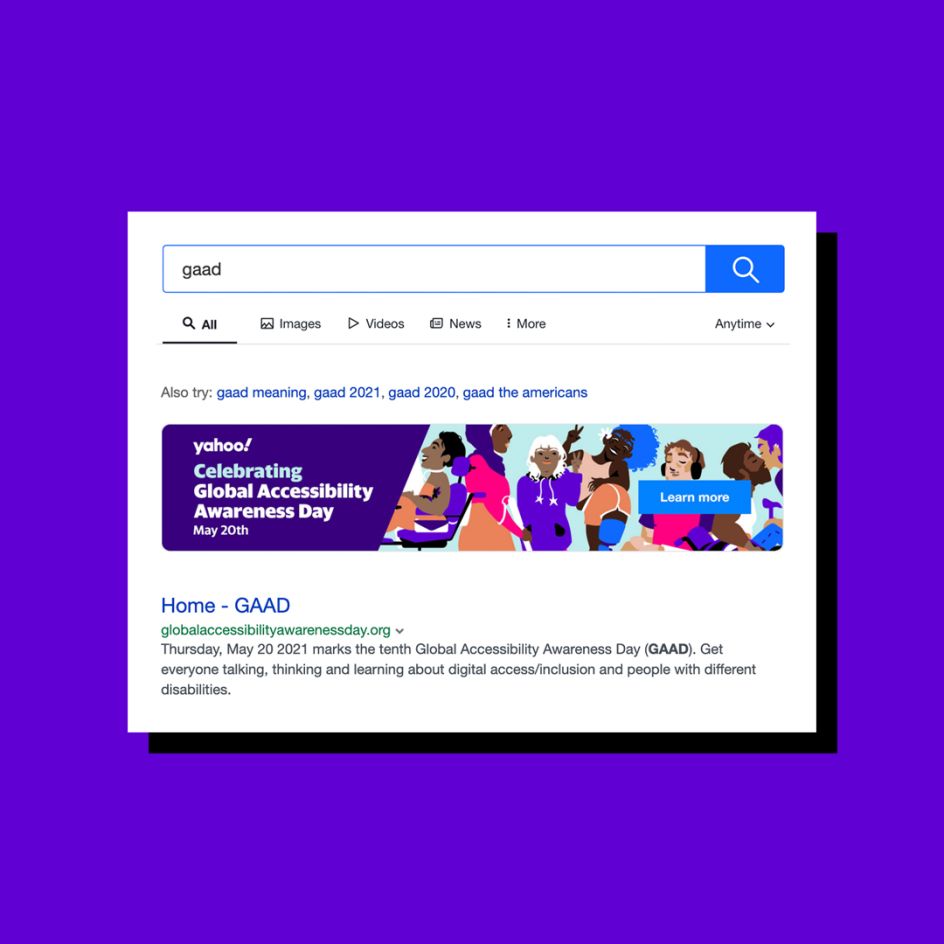
GAAD
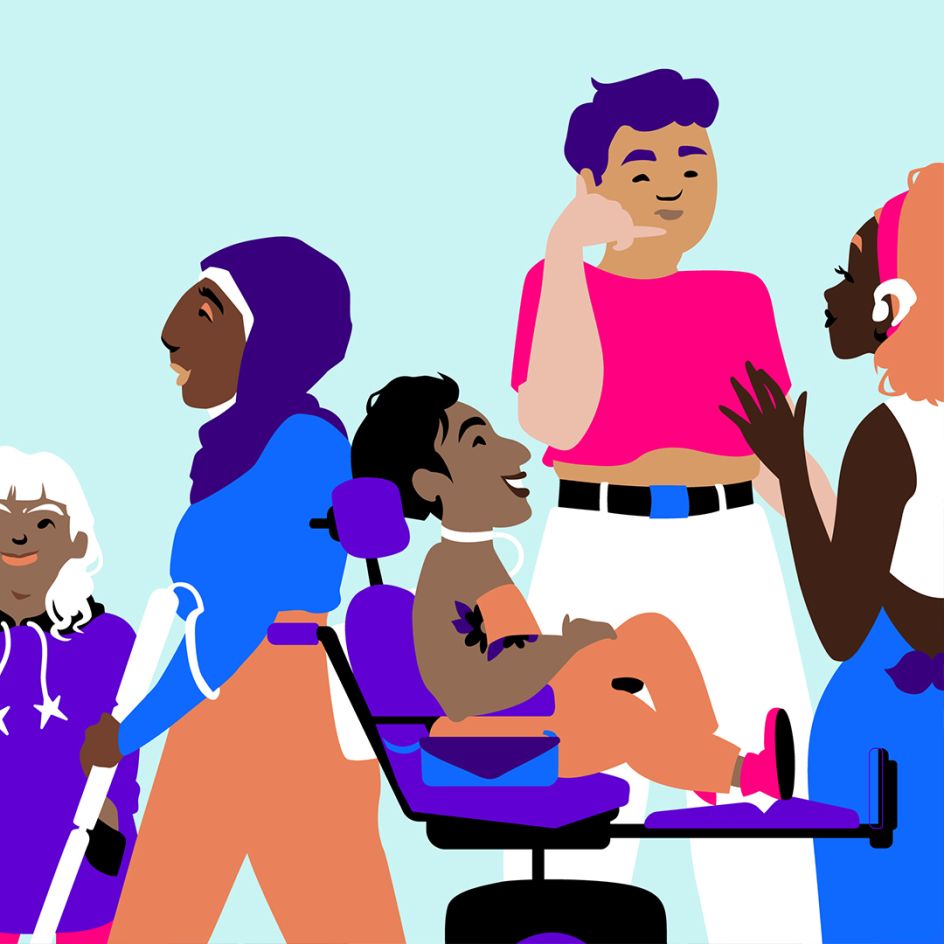
GAAD
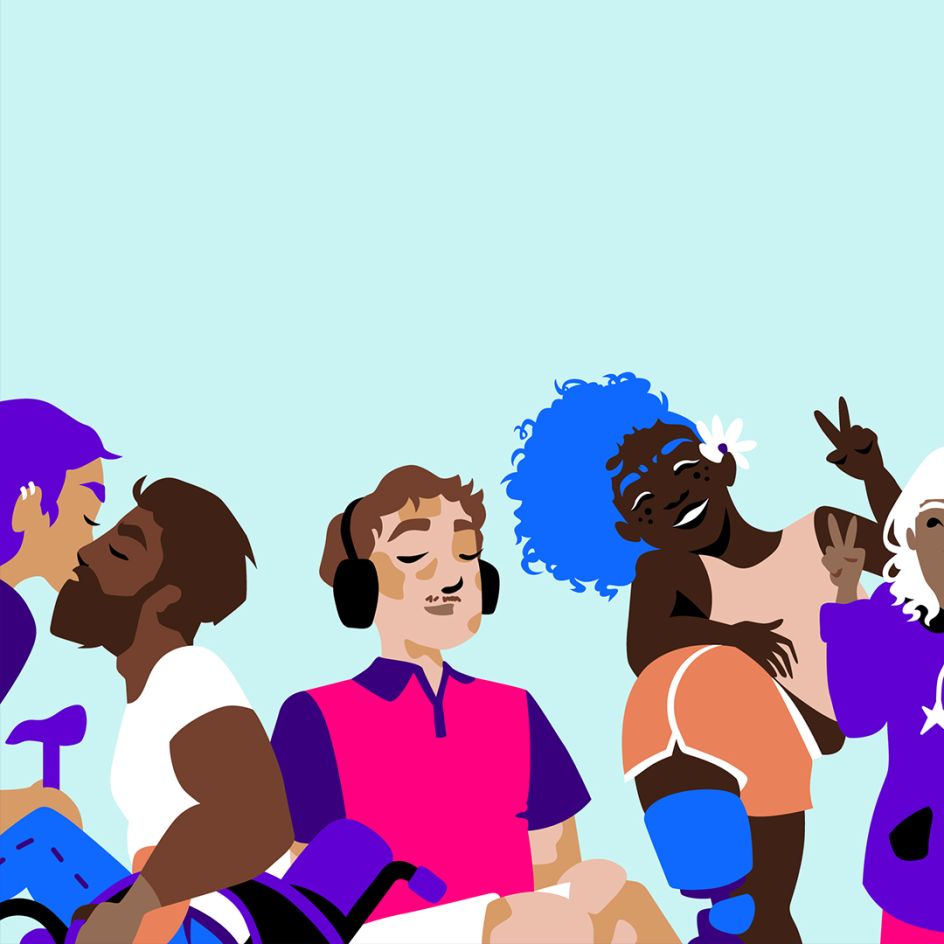
GAAD
Can you tell us more about The Disabled Life?
The Disabled Life is a super cool space my sister Lianna and I created to document the perks and jerks of living with physical disabilities. We started out as a blog and recently transferred over to Instagram so we can better connect with the community. It's really a way for us to share our sarcastic and snarky jokes with others. But it seems along the way, we've also been able to open up perspectives! So that's a great bonus. It's a really fun outlet for us and a good place to get a laugh or two.
We can all improve our designs. What would be your key piece of advice for all designers out there when creating identities, websites, campaigns, etc.
Oh yes! I like to say, the day I'm not improving my work or learning something new is the day I should probably retire. We are forever learning. And it's a hard hit to the ego to have our work challenged or picked apart. But that's where we can truly grow and expand beyond what we believe to be "good design". (Spoiler alert, there is no such thing as good design, it's completely subjective.)
My advice would be to be open! Be open to being true to who you are while knowing we may not always have the solution. Be open to new challenges and new perspectives. Expand your circles! Being mindful of including the intersections of disability, race, gender, sexuality, age and size in our work involves connecting with communities beyond your own networks. And at the end of the day, don't forget why you love what you do! For me, it's not about the recognition or stats; it's about doing something you love as a service to others.

















